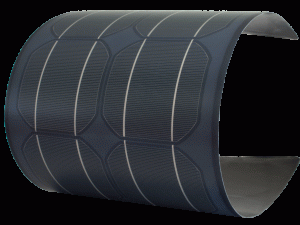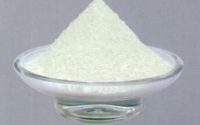How Does Molybdenum Work in the Emerging Field?
Molybdenum is a kind of rare metal, also, it is one of the important strategic non-renewable resources and the basic material for the development of high and new technology, national modernization and the construction of modern defense. With the continuous development of science and technology, molybdenum is widely used in the steel industry, non-ferrous metal industry, nuclear industry, aerospace industry, chemical industry, electronic industry, and other fields because of its unique performance. At the same time, various emerging applications of molybdenum were constantly found which made this magical molybdenum metal more colorful.
Thin film solar cells and the photovoltaic material
The technology of solar cells and photovoltaic material is promising, but the conversion rate of solar energy is not high for a long time. One of the restricting factors is that the vast majority of the metal film cannot connect with its resistance. If you use molybdenum or molybdenum disulfide film, it will not only combine well with the glass substrate but also can improve the conversion rate, which has great significance in promoting the application of solar cells and photovoltaic materials.

Sensor
As a gas sensor, the resistance of molybdenum oxide film shows a linear change when exposed to trace ethanol vapor in the air. The TiO2-x film doped molybdenum is sensitive to oxygen, and the resistor and capacitor of composite vanadium molybdate H2V8.5Mo3.5O32•nH2O xerogel film change over the environment humidity, which can be used as a moisture sensor. Molybdenum oxide film also can be used to detect traces of carbon monoxide (14 ~ 100 mg/kg), nitric oxide and ammonia gas sensor components.
Luminescent Material
Molybdenum oxide or molybdate salts can give out a green or orange light of a single wavelength, which can be used as the source of three primary colors in color display and large screen color display. This kind of film has the characteristics of uniformity of electricity, light, surface roughness and organization, and it is superior to the similar ITO or ITO mixed zinc in transparency and conductivity.
Some compounds of molybdenum also have electrochromic materials and photochromic properties that can be widely used in light-emitting diodes, OLED and LCD, PDP, FED, and other products. The United States has been developing and patented trioxide electrochromic glass in the 1980s. Applying a voltage of about 1 V to this glass makes it change into dark blue completely. When the outdoor light is too bright, the color of the glass will deepen gradually; when the outside light is weak, the glass becomes transparent to enhance the light transmittance. The test shows that the glass can give full play to the function of natural “air conditioning”, and the glass has been used in a building in Dresden, Germany.
Please visit http://www.samaterials.com for more information.
Related Posts

Related Chemical Reactions of Molybdenum

From Construction to Aerospace: The Versatile Applications of Molybdenum in Steel

